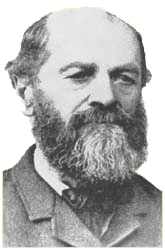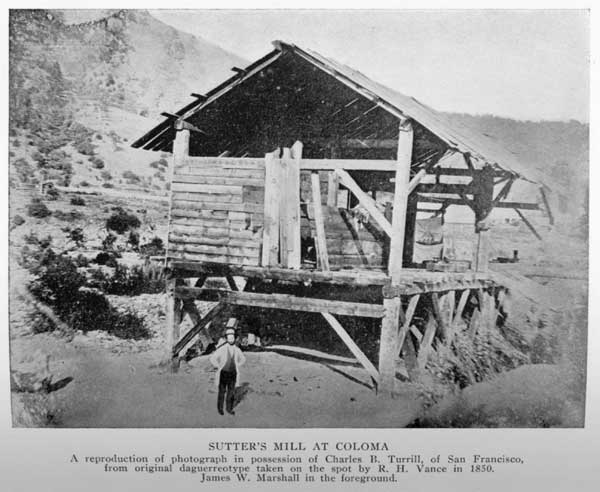|
||||||||||||||||||||||||||||||||||||||||
|
Swiss immigrant Heinrich Lienhard came to California in 1846, where he eventually worked for fellow countryman John Sutter. After the discovery of gold in 1848, Lienhard and Sutter formed a partnership and young Lienhard led a company of Sutter's Indian workers in search of the precious metal. Near the river bank was a small hill not more than three feet high, and six or seven feet broad at the base, that must have formed part of the channel at one time; but high water had moved so much sediment that when the water rose the pile of dirt resembled a small island. One day I was looking for a rich placer as usual, and hit the pile with my pick as I passed by; I was so disgusted with myself that I struck it violently, and a large piece fell off, but the pick went through my trousers, and tore a piece of skin from my right leg, and the pain was so acute that I did a kind of Indian war dance, much to the surprise of my native workmen. Then I removed the pick and looked down at the hole I had made. There several gold nuggets glistened. Closer inspection revealed many more of these same treasures shining in the black soil.A version of Heinrich Lienhard's A Pioneer atSutter's Fort,1846-1850 was published in German in 1898 and an English translation appeared, based on the original manuscript, in 1941. |
|||||||||||||||||||||||||||||||||||||||
|
© 2000-2013 California Legacy Project, Santa Clara University English Department, Santa Clara University, 500 El Camino Real, Santa Clara, CA 95053.
For more information: Terry Beers, 408 554 4335, or . 



|
|

|









